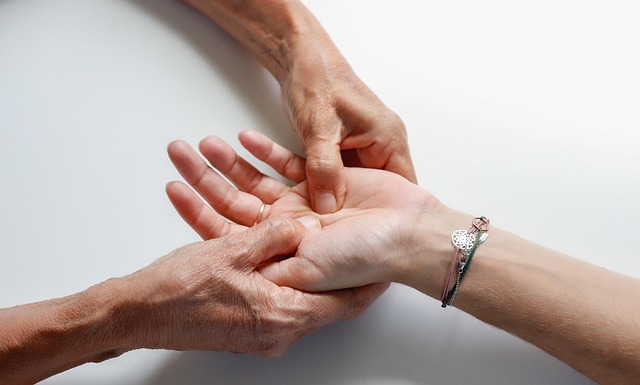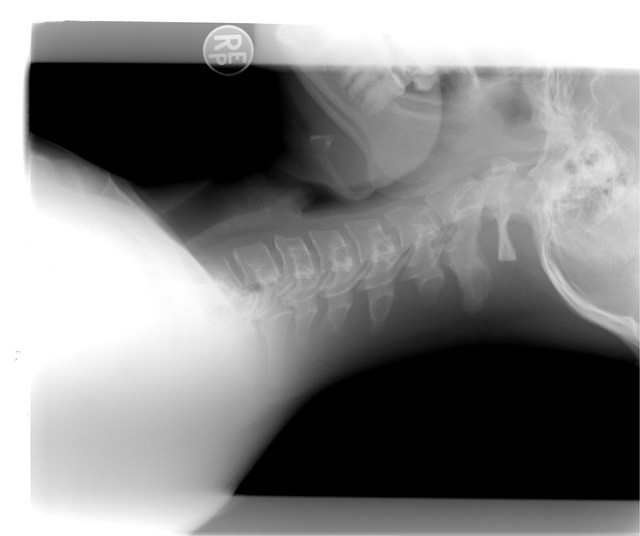In 2011, a clinical trial led by Josue Fernández-Carnero and colleagues, the effectiveness of cervical versus thoracic spine manipulation was investigated in patients suffering from lateral epicondylalgia (LE), commonly known as tennis elbow. The study aimed to discern the impact of these two manipulation techniques on pressure pain threshold (PPT) and pain-free grip strength among LE patients.
Conducted as a single-blind randomized clinical trial, the research involved 18 participants diagnosed with LE. Each participant attended one experimental session, during which they were randomly assigned to receive either cervical or thoracic spine manipulation. Assessments of PPT over the lateral epicondyle of both elbows, as well as pain-free grip strength on the affected arm and maximum grip force on the unaffected side, were carried out by an examiner blinded to group allocation both before and five minutes after the intervention.
Analysis of the data revealed compelling results. A significant interaction between group and time was observed for PPT levels, indicating notable differences in the effects of cervical versus thoracic spine manipulation. Specifically, post hoc analysis indicated that cervical spine manipulation elicited a greater increase in PPT on both sides compared to thoracic spine manipulation.
However, when assessing pain-free grip strength, no significant interaction between group and time was found, suggesting comparable outcomes between the two manipulation techniques in this aspect.
These findings suggest that cervical spine manipulation may offer superior improvements in PPT for LE patients compared to thoracic spine manipulation. However, no discernible differences were identified in terms of pain-free grip strength. The study emphasizes the need for further research with larger sample sizes to delve deeper into the mechanisms underlying these effects on pain and motor control in upper extremity conditions. This study sheds light on the potential benefits of cervical spine manipulation in the management of lateral epicondylalgia, paving the way for more targeted treatment approaches in the future.
Reference: Fernández-Carnero, J., Cleland, J. A., & Arbizu, R. L. T. (2011). Examination of motor and hypoalgesic effects of cervical vs thoracic spine manipulation in patients with lateral epicondylalgia: a clinical trial. Journal of manipulative and physiological therapeutics, 34(7), 432-440.




